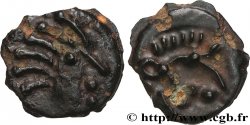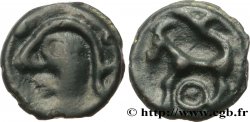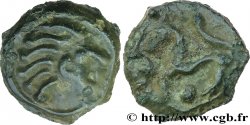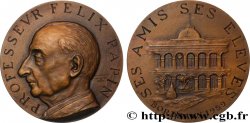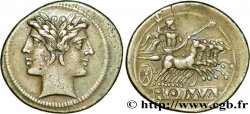v28_0760 - GALLIA SENONES (Regione di Sens) PC 21.15 - Potin à la tête “d’indien”, au gros oeil
MONNAIES 28 (2007)
Prezzo di inizio : 160.00 €
Valutazione : 250.00 €
Prezzo realizzato : 160.00 €
Numero di offerte : 1
Offerta maxima : 260.00 €
Prezzo di inizio : 160.00 €
Valutazione : 250.00 €
Prezzo realizzato : 160.00 €
Numero di offerte : 1
Offerta maxima : 260.00 €
Tipo : PC 21.15 - Potin à la tête “d’indien”, au gros oeil
Data: Ier siècle avant J.-C.
Metallo : potin
Diametro : 17,3 mm
Asse di coniazione : 9 h.
Peso : 3,47 g.
Commenti sullo stato di conservazione:
Le droit est particulièrement bien venu, et le revers et très forts reliefs. Belle patine brune, mais avec des restes de concrétions verdâtres sur la partie inférieure du revers
N° nelle opere di riferimento :
Pedigree :
Ce potin illustre l’ouvrage “POTINS CELTES”
Diritto
Titolatura diritto : ANÉPIGRAPHE.
Descrittivo diritto : Tête “d’indien” fortement stylisée à droite, sept mèches courtes de cheveux tirées en arrière, bouletées aux extrémités ; l’œil est globulé.
Rovescio
Titolatura rovescio : ANÉPIGRAPHE.
Descrittivo rovescio : Cheval stylisé au pas à gauche, un globule entre les jambes ; la queue du cheval est bouletée à son extrémité.
Commento
Ce potin semblerait être l'ultime dégénérescence du potin classique à la tête d'indien ; le droit a complètement été réinterprété avec un nez court b, une grosse joue et l'œil tandis que le cheval du revers est complètement cambré, avec un seul globule entre les jambes.
Ce type exact proviendrait exclusivement du sud de l'Aisne.
This potin would seem to be the ultimate degeneration of the classic potin with the Indian head; the obverse has been completely reinterpreted with a short nose b, a large cheek and the eye while the horse on the reverse is completely arched, with a single globule between the legs. This exact type would come exclusively from the south of the Aisne
Ce type exact proviendrait exclusivement du sud de l'Aisne.
This potin would seem to be the ultimate degeneration of the classic potin with the Indian head; the obverse has been completely reinterpreted with a short nose b, a large cheek and the eye while the horse on the reverse is completely arched, with a single globule between the legs. This exact type would come exclusively from the south of the Aisne







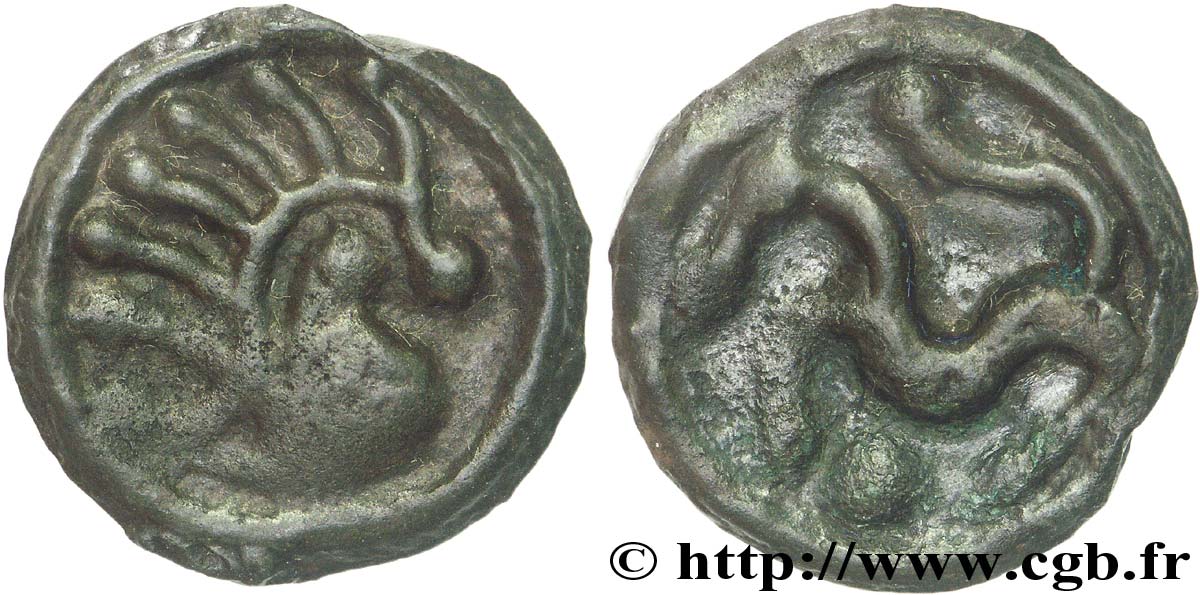
 Segnalare un errore
Segnalare un errore Stampate la pagina
Stampate la pagina Condividi mia selezione
Condividi mia selezione Fai una domanda
Fai una domanda Consegnare / vendere
Consegnare / vendere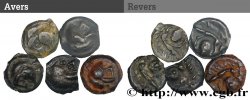
 Descrittivo
Descrittivo